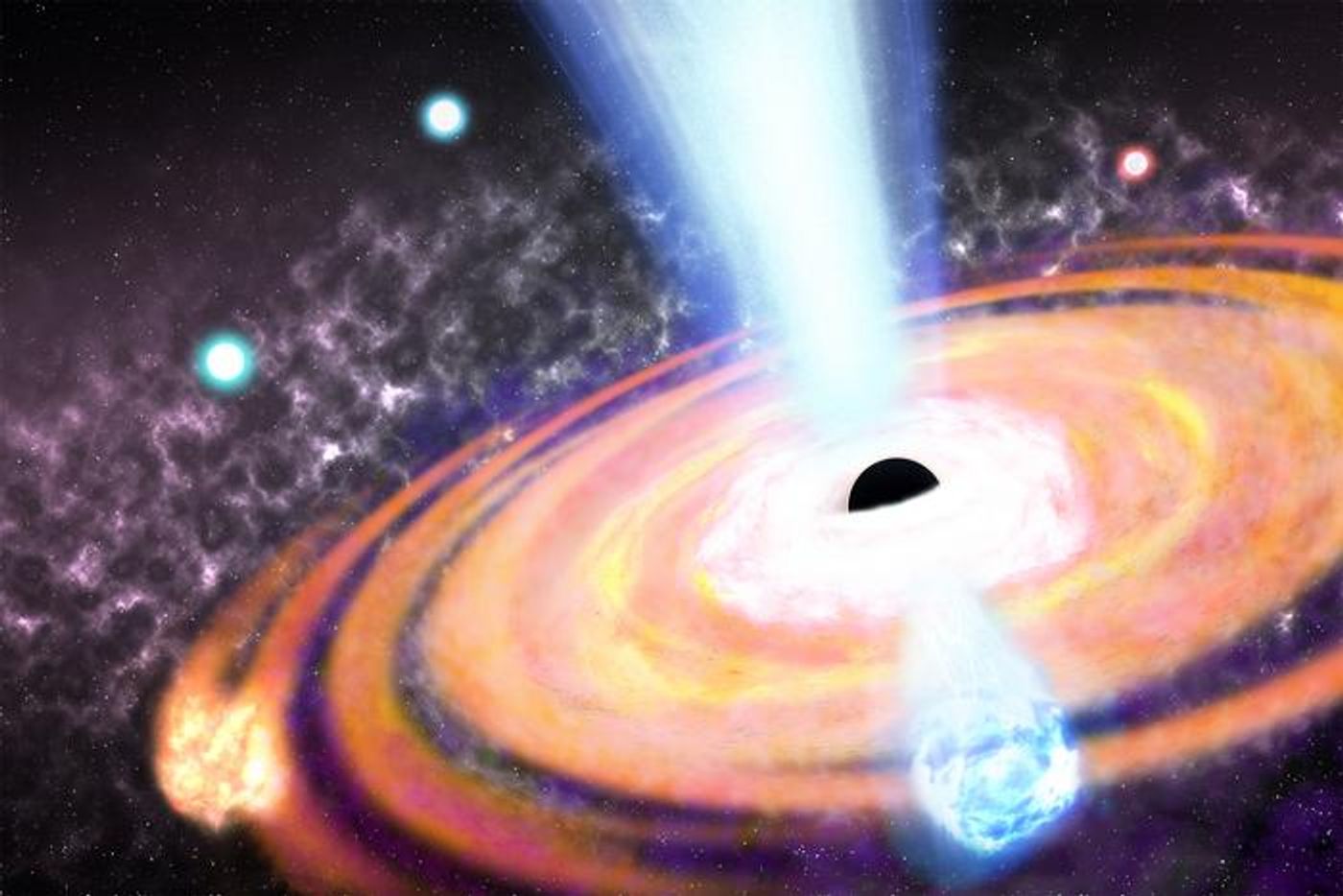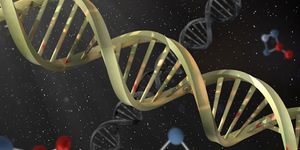Reimagining Cosmology: Black Holes as Cosmic Seeds for Early Galaxies
Did black holes exist in the early universe, and what role did they play? This is what a recent study published in The Astrophysical Journal Letters hopes to address as a team of researchers used NASA’s James Webb Space Telescope (JWST) to investigate a link between the early universe and the existence of black holes, along with what role black holes played, as well. This study holds the potential to help scientists better understand the events that shaped the early universe and how these events shaped what we see today.
For the study, the researchers conducted deep space observations on black holes using JWST and discovered that black holes not only existed approximately 50 million years after the Big Bang but were also responsible for the first stars to be born during this time, as well. This contradicts longstanding theories that black holes didn’t exist until after the first stars and galaxies formed but could also help explain how supermassive black holes exist at the center of galaxies, specifically our own Milky Way Galaxy. The team made this discovery by analyzing the number of stars that existed so early in the universe was much higher than previous hypotheses and models had suggested.
Artist's illustration of a black hole in the early universe. (Credit: Roberto Molar Candanosa/Johns Hopkins University)
"We know these monster black holes exist at the center of galaxies near our Milky Way, but the big surprise now is that they were present at the beginning of the universe as well and were almost like building blocks or seeds for early galaxies," said Dr. Joseph Silk, who is the study’s lead author and a professor of physics and astronomy at Johns Hopkins University and the Institute of Astrophysics at Sorbonne University.
The researchers aspire to conduct follow-up studies using JWST to confirm their findings, which could also help astronomers gain a better understanding of the formation and evolution of the early universe so soon after the Big Bang.
What new discoveries will researchers make about black holes and the early universe in the coming years and decades? Only time will tell, and this is why we science!
As always, keep doing science & keep looking up!
Sources: The Astrophysical Journal Letters, NASA, NASA (1), EurekAlert!









